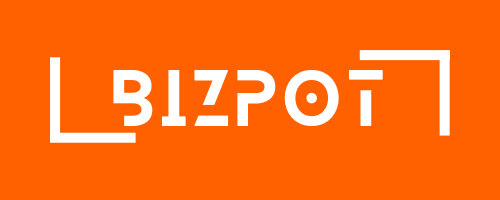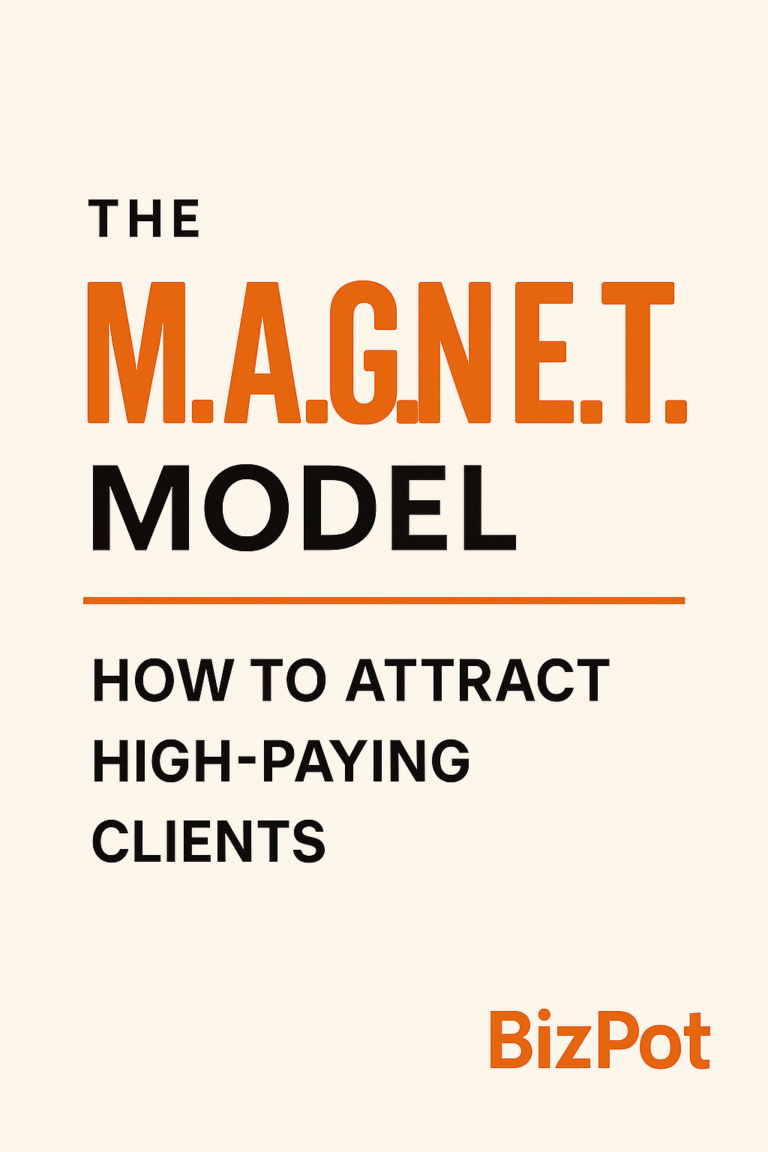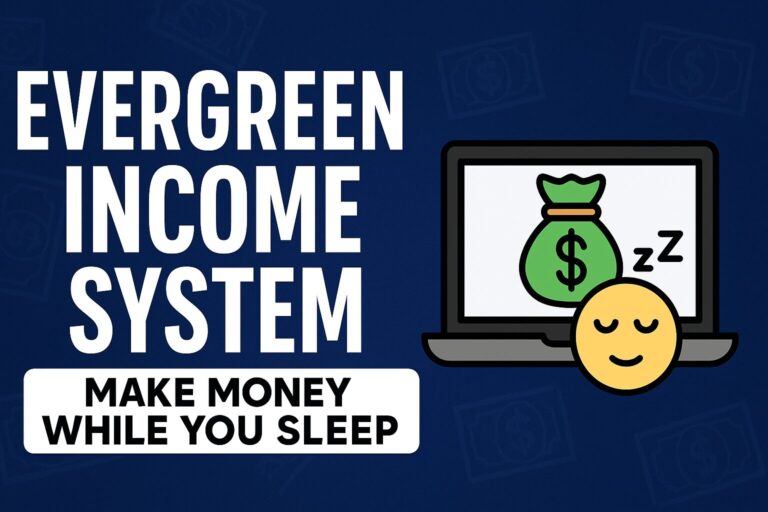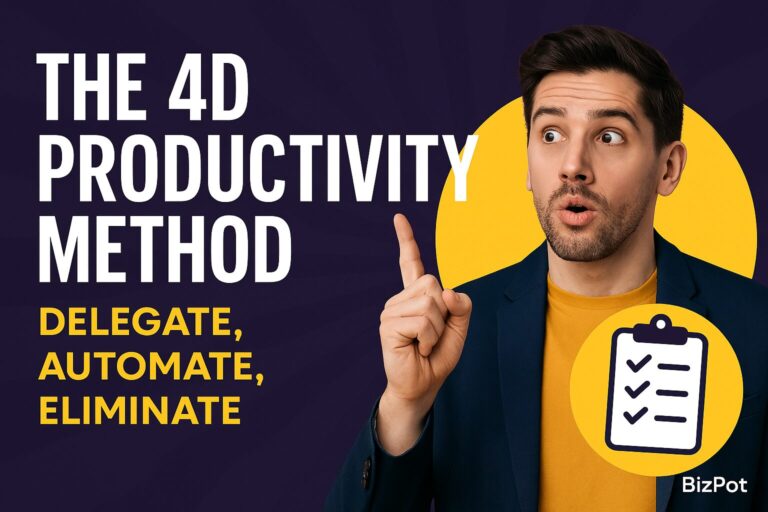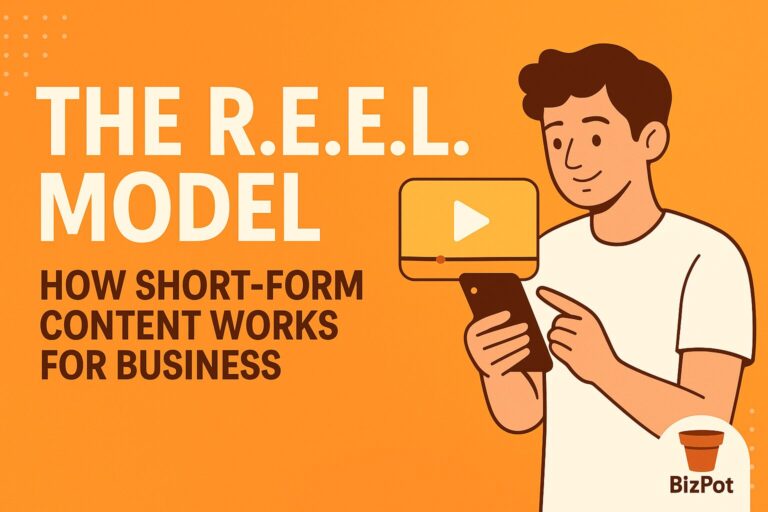The L.A.D.D.E.R. Pricing Model
How to Price Your Products & Services
🔹 Introduction
Pricing your products or services correctly can make or break your business. The L.A.D.D.E.R. Pricing Model helps you create a pricing structure that attracts customers, maximizes revenue, and positions your business for long-term success.
🔹 What Is the L.A.D.D.E.R. Pricing Model?
The L.A.D.D.E.R. Model consists of six key elements to structure your pricing effectively:
✅ L – Low-Barrier Offer (Attract customers with an easy entry point)
✅ A – Anchor Price (Set a reference price that makes other options look valuable)
✅ D – Different Tiers (Offer multiple pricing options to suit different budgets)
✅ D – Deliver Value (Ensure your pricing reflects the value provided)
✅ E – Emphasize ROI (Show customers the return on their investment)
✅ R – Recurring Revenue (Create pricing models that generate consistent income)
Let’s explore each step in detail.
1️⃣ L – Low-Barrier Offer: Attract Customers with an Easy Entry Point
A low-cost or free initial offer reduces resistance and gets potential customers in the door.
How to Create a Low-Barrier Offer:
- Offer a free trial or a low-cost starter package.
- Provide a high-value lead magnet (free ebook, mini-course, consultation).
- Make it risk-free (money-back guarantee, no-obligation trial).
Example: A software company offers a 14-day free trial with full functionality to encourage sign-ups.
Action Step: Develop a low-risk, high-value offer to attract customers.
2️⃣ A – Anchor Price: Set a High Reference Point
Anchoring is a psychological pricing strategy where you present a higher-priced option first, making the other options look more affordable.
How to Use Price Anchoring:
- Display your premium or high-end package first.
- Use “Was $X, Now $Y” comparisons.
- Show competitors’ pricing to highlight your value.
Example: A coaching program lists a $5,000 VIP package before showing a $1,500 mid-tier option, making the latter seem like a bargain.
Action Step: Identify your anchor price and use it to frame your other offerings.
3️⃣ D – Different Tiers: Offer Multiple Pricing Options
Giving customers choices increases conversions and allows them to pick an option that fits their budget.
How to Structure Pricing Tiers:
- Offer at least three pricing levels (Basic, Standard, Premium).
- Clearly differentiate features and benefits of each tier.
- Use price psychology (charm pricing, bundles, decoy pricing).
Example: A marketing agency offers three packages: $500 (DIY), $2,000 (Done-With-You), and $5,000 (Done-For-You).
Action Step: Develop at least three pricing tiers for your product or service.
4️⃣ D – Deliver Value: Price Based on Perceived Benefits
Customers pay for results, not just time or features.
How to Ensure Pricing Reflects Value:
- Highlight the transformation or outcome customers get.
- Use testimonials and case studies to justify pricing.
- Compare the cost of inaction (how much they lose by not buying).
Example: A personal finance course costs $1,000 but teaches strategies to save or earn $10,000 within a year.
Action Step: Clearly communicate the value customers get relative to the price.
5️⃣ E – Emphasize ROI: Justify the Price with Measurable Benefits
People buy when they see a clear return on investment (ROI).
How to Show ROI:
- Use real numbers (e.g., “Save $500/month,” “Increase sales by 30%”).
- Offer guarantees that reinforce results.
- Highlight long-term benefits over short-term costs.
Example: A productivity tool costs $50/month but claims to save users 10+ hours per week, equating to thousands in saved labor costs.
Action Step: Identify at least one strong ROI point to justify your pricing.
6️⃣ R – Recurring Revenue: Create Consistent Income Streams
Subscription and membership models generate stable, predictable revenue.
How to Implement Recurring Revenue:
- Offer monthly or annual subscription plans.
- Create a membership with exclusive content or services.
- Provide ongoing support, maintenance, or upgrades.
Example: A graphic design agency offers a $199/month unlimited design subscription instead of one-off projects.
Action Step: Explore ways to add recurring revenue options to your business.
🔹 Quick Takeaways (Summary)
✅ L – Low-Barrier Offer: Start with a low-risk, high-value offer to attract customers.
✅ A – Anchor Price: Use high-value pricing as a reference to make other offers seem reasonable.
✅ D – Different Tiers: Provide multiple pricing options to cater to different budgets.
✅ D – Deliver Value: Price based on results and transformation, not just features.
✅ E – Emphasize ROI: Show measurable benefits and long-term value.
✅ R – Recurring Revenue: Implement subscriptions or memberships for stable income.
